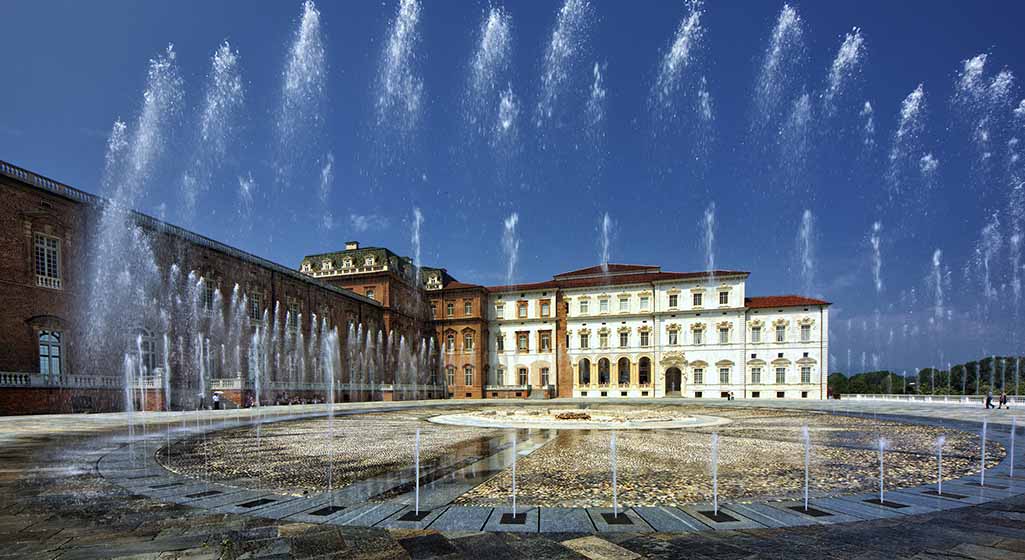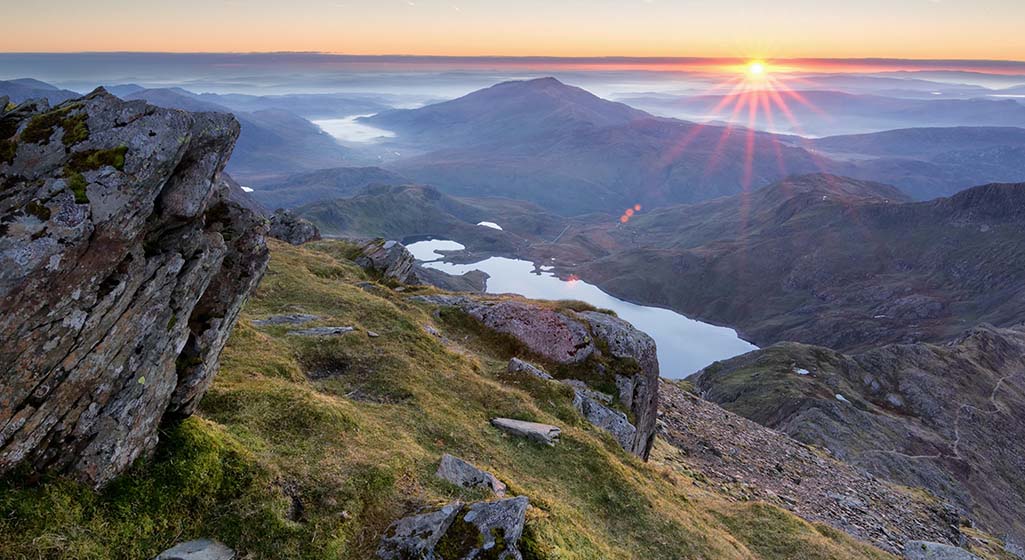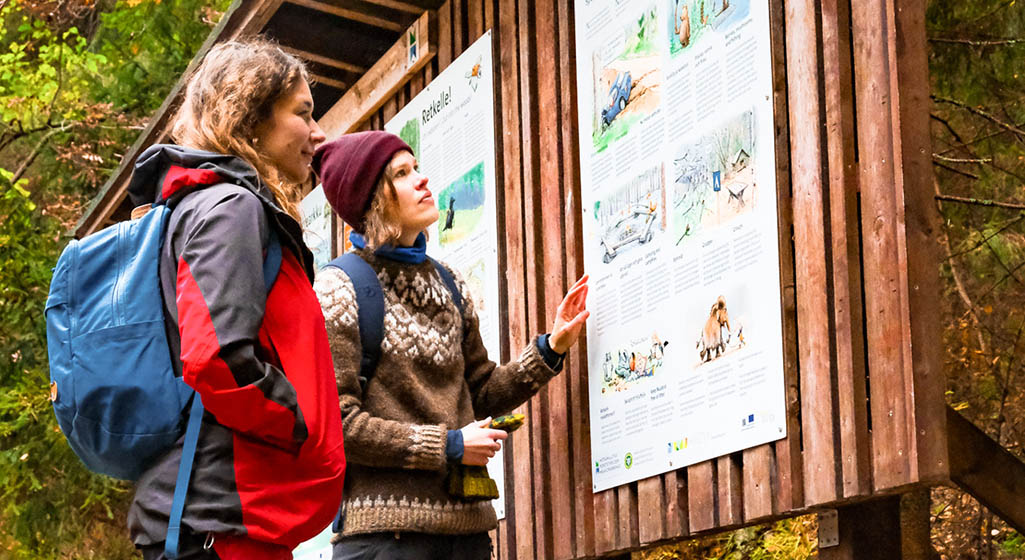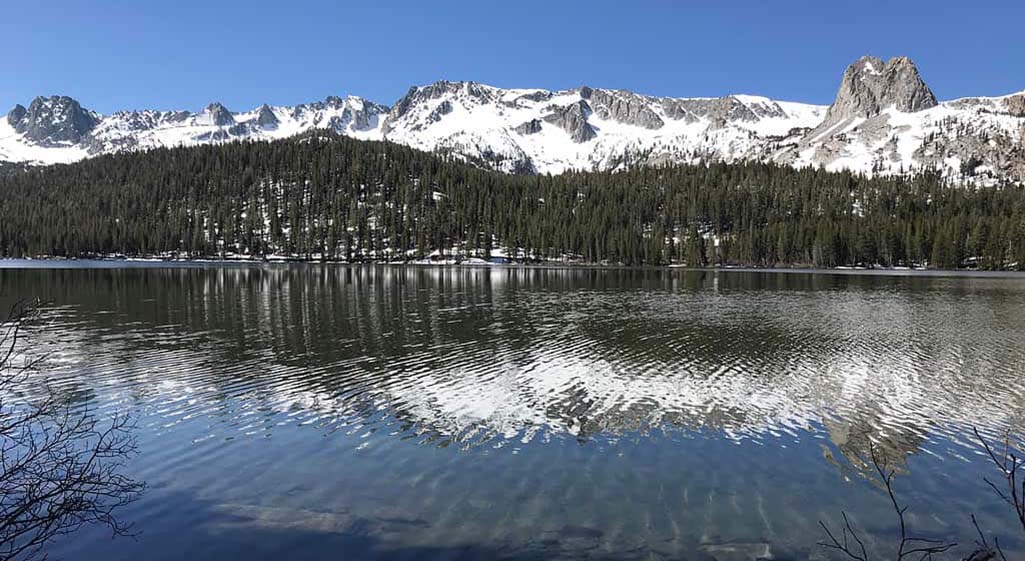Turin (Torino), located in northwestern Italy, is the capital of the Piedmont region (Piemonte). While it is renowned for its industrial prowess and the legacy of the House of Savoy, both Turin and its surrounding areas are dotted with picturesque medieval towns, exquisite royal palaces, and romantic vineyards. If Turin represents the intellectual heart of Italian culture, then the towns around it are the embodiment of Italian lifestyle—an authentic reflection of the country’s slow-paced, joyful way of living.
Join me on a one-day journey from Turin to explore three enchanting destinations, each offering a unique experience: the artistic town of Venaria Reale, blending Renaissance and Baroque elegance; the tranquil and rustic Sant’Ambrogio di Torino nestled in the mountains; and the scenic Langhe hills, known for their vineyards and wineries. Each location offers a feast of culture, scenery, and flavor worth savoring.
1.First Stop: Venaria Reale – Royal Glory and Italian Opulence
1.1 Location and Transportation
Venaria Reale lies just about 10 kilometers northwest of central Turin, making it an ideal destination for a relaxed half-day escape from the bustling city. The journey is remarkably straightforward: from Turin’s Porta Susa station, visitors can take Bus 11 or opt for the more comfortable and direct Venaria Express shuttle. The ride typically takes around 30 minutes and offers glimpses of Turin’s suburban charm along the way. If you prefer driving, car rentals are also available in the city, and the route is well-signposted with ample parking options near the palace. This proximity and convenience make Venaria Reale a top pick for travelers looking to combine cultural immersion with ease of access.
1.2 Highlights: A Royal Palace and UNESCO World Heritage Site
The crown jewel of Venaria Reale is undoubtedly the Royal Palace of Venaria (Reggia di Venaria), often hailed as the “Versailles of Italy.” Commissioned by Duke Charles Emmanuel II of Savoy in the 17th century, the palace served as a grand hunting lodge and a symbol of dynastic power. Today, it stands as one of Italy’s most splendid examples of Baroque architecture. Designated a UNESCO World Heritage Site in 2007, the Reggia offers visitors an immersive journey through royal history. Inside, you’ll find a series of meticulously restored galleries, including opulent state rooms, private quarters adorned with frescoes, and rotating art exhibitions. The palace’s expansive gardens stretch over 80 hectares, featuring symmetrical designs, water features, and seasonal flower displays that are especially breathtaking during spring and summer months—ideal for photography, picnics, or simply basking in regal tranquility.
1.3 Dining Recommendations
After touring the palace and its gardens, a culinary pause is both welcome and rewarding. Just a short walk from the palace entrance, you’ll find several charming eateries set along cobbled lanes. One standout is Locanda del Cervo, a refined yet welcoming restaurant deeply rooted in Piedmontese culinary traditions. Here, the menu is driven by local, seasonal produce, with chefs crafting dishes that honor regional flavors while adding creative touches. Start with Vitello Tonnato, thinly sliced veal dressed in a silky tuna and caper sauce—a true Piedmont classic. Follow that with Tajarin, delicate hand-cut egg pasta often served with butter and truffles or a rich ragù. Pair your meal with a glass (or bottle) of Nebbiolo, the ruby-red varietal that defines the region’s wine identity.

2.Second Stop: Sant’Ambrogio di Torino – A Hidden Gem in the Valley
2.1 Tranquility and Historical Depth
From Venaria Reale, a scenic 40-minute drive winds through gently rising hills and into the heart of the Susa Valley (Val di Susa), bringing you to the serene town of Sant’Ambrogio di Torino. Tucked beneath dramatic alpine peaks and embraced by lush greenery, this charming village is a haven for those seeking a slower pace and a taste of traditional Italian life. With a population of just under 3,000 residents, Sant’Ambrogio offers a unique blend of small-town warmth and deep historical roots. Its origins date back over a thousand years, and the streets are dotted with medieval structures, centuries-old chapels, and cobblestone lanes that tell stories of monastic traditions and ancient pilgrimages.
2.2 Sacra di San Michele: A Harry Potter-Esque Medieval Vibe
Built in the 10th century, the Sacra di San Michele is both a feat of medieval engineering and a spiritual beacon. The complex merges Romanesque solidity with Gothic verticality, creating a solemn yet majestic presence that seems to emerge from the rock itself. Visitors can embark on a scenic hike up to the monastery through wooded paths and panoramic switchbacks—a journey that takes about an hour and offers stunning photo opportunities along the way. Alternatively, you can drive closer to the summit and take a shorter walk up the historic stairway, known as the “Stairway of the Dead.” At the top, you’re rewarded with sweeping views of the entire Susa Valley and, on clear days, even the snow-capped Alps beyond.
2.3 Afternoon Treats in Town
After a visit to the monastery, the town center of Sant’Ambrogio beckons with its cozy, timeless charm. Antico Caffè Sant’Ambrogio, a beloved local café situated near the main square, offers the perfect spot to unwind. The scent of freshly brewed coffee mingles with the sweet aroma of pastries, creating an irresistible invitation. Here, you can indulge in classic Piedmontese sweets like Gianduiotto—silky smooth chocolate-hazelnut confections that melt in your mouth—and buttery Crostata, a rustic fruit tart made with seasonal jams or berries. Pair your treats with a creamy cappuccino or a traditional bicerin, a local hot drink of espresso, chocolate, and cream.
3.Third Stop: The Langhe Hills – The Soul of Wine and the Charm of the Countryside
3.1 Overview and Transportation
From Sant’Ambrogio di Torino, embark on a scenic drive that lasts around 1 hour and 15 minutes, taking you to the heart of the Langhe hills—one of Italy’s most renowned wine regions. The Langhe is celebrated for producing world-class wines, notably Barolo and Barbaresco, two of the most coveted reds in the world. As you wind through the picturesque countryside, you will be greeted by rolling hills covered with vineyards, medieval castles, and charming villages.
Some of the most iconic towns in the Langhe include Barolo, La Morra, and Monforte d’Alba. These towns are not only famous for their wines but also for their stunning landscapes and historic architecture. Many local wineries offer exclusive tours and tastings, making it a perfect destination for wine lovers looking to explore the region’s rich vinous heritage.
3.2 Vineyard Tours and Wine Tasting
Recommended wineries include Marchesi di Barolo and Vietti—both long-established and highly regarded. They offer English-language tours and full wine tasting experiences.
Visitors can learn about grape cultivation, winemaking processes, and the flavor profiles of each wine with the help of expert sommeliers. Pairings with local cheeses and salami further enhance the experience.
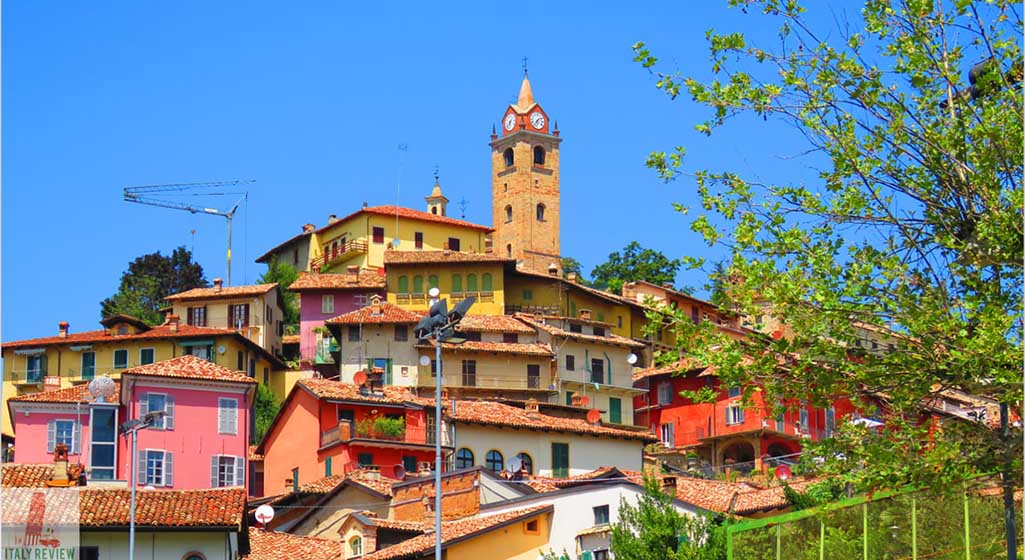
3.3 Dinner in the Vineyard: Immersed in Italian Elegance
If your schedule allows, there is no better way to end your Langhe experience than with a dinner in one of the region’s renowned vineyard-view restaurants. One such place is La Ciau del Tornavento in Treiso, a Michelin-starred restaurant located in the heart of Langhe’s wine country. The restaurant boasts an extensive wine cellar with over 60,000 bottles, making it a true haven for wine enthusiasts.
As you dine, the spectacular view of the vineyards and rolling hills serves as a perfect backdrop to your meal. The sunset over the Langhe hills, casting golden hues across the landscape, adds an extra layer of romance to the experience. Enjoy a delectable five-course meal, with dishes such as roasted veal served with aromatic black truffle, creamy risotto made with local white wine, and exquisite chocolate truffles infused with truffle essence. This meal perfectly complements the flavors of the wines you’ve tasted earlier, creating an immersive experience in both food and wine. A visit to this Michelin-starred establishment ensures that your day trip ends on a high note, with memories to last a lifetime.
4.Practical Tips: Itinerary and Essentials
4.1 Transportation Tips
Renting a car is the best way to travel freely and explore at your own pace. The roads in Piedmont are well-maintained and scenic, with plenty of spots to stop for photos. For those not driving, local day tours or private car services (like TurinDayTrip Tours) are good alternatives.
4.2 What to Wear and Bring
The day involves walking, hiking, and vineyard strolls—comfortable shoes are essential. Sunglasses, sunscreen, and a light jacket are recommended, especially in spring and summer when temperatures can vary.
4.3 Language and Communication
Italian is the primary language in Turin and nearby towns. While some wineries and major attractions offer English-speaking guides, having a translation app or a few basic Italian phrases handy can be helpful. Locals are friendly and will go out of their way to communicate, even with hand gestures!
5.One Day Isn’t Enough—Come Back for More
From artistic palaces to serene monasteries to enchanting vineyards, this one-day journey around Turin is not just a feast for the eyes and palate, but also nourishment for the soul. It’s an invitation to embrace a slower pace of life.
If time allows, consider extending this into a two- or three-day itinerary with stays at countryside B&Bs to fully experience the Piedmont lifestyle. After all, travel isn’t just about seeing new places—it’s about living them.
